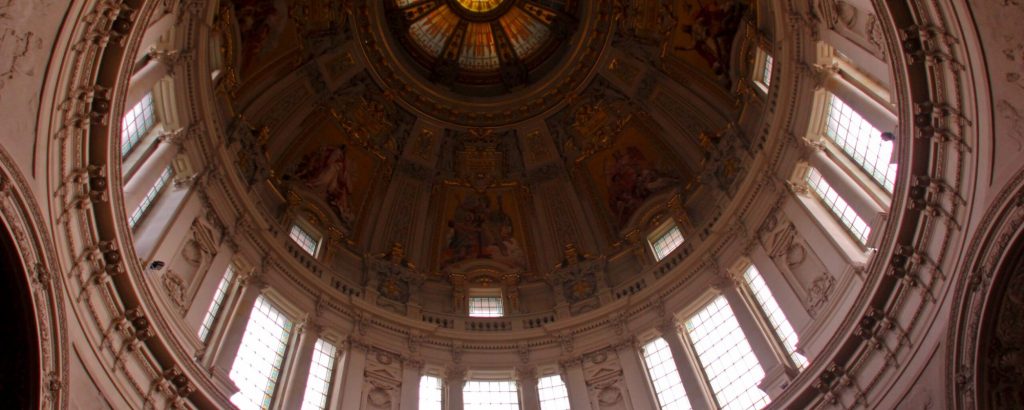
However, as part of its Horizon 2020, the European Union is launching a project unique in the world concerning heritage protection. The SENSMAT project (Preventive Solutions for SENSitive MATerials of Cultural Heritage), spread over three years (2017-2020), is the meeting of different actors from the social sciences and new technologies sectors.
This project is based on the sharing of knowledge and techniques in the field of the preservation of tangible cultural heritage.
Its objective is to build an information system capable of proposing personalised strategies for the conservation of cultural heritage, based on information collected by intelligent sensors installed as close as possible to the objects to be preserved.
To learn more about the challenges of capitalization and valorization of knowledge :
Or for more information :